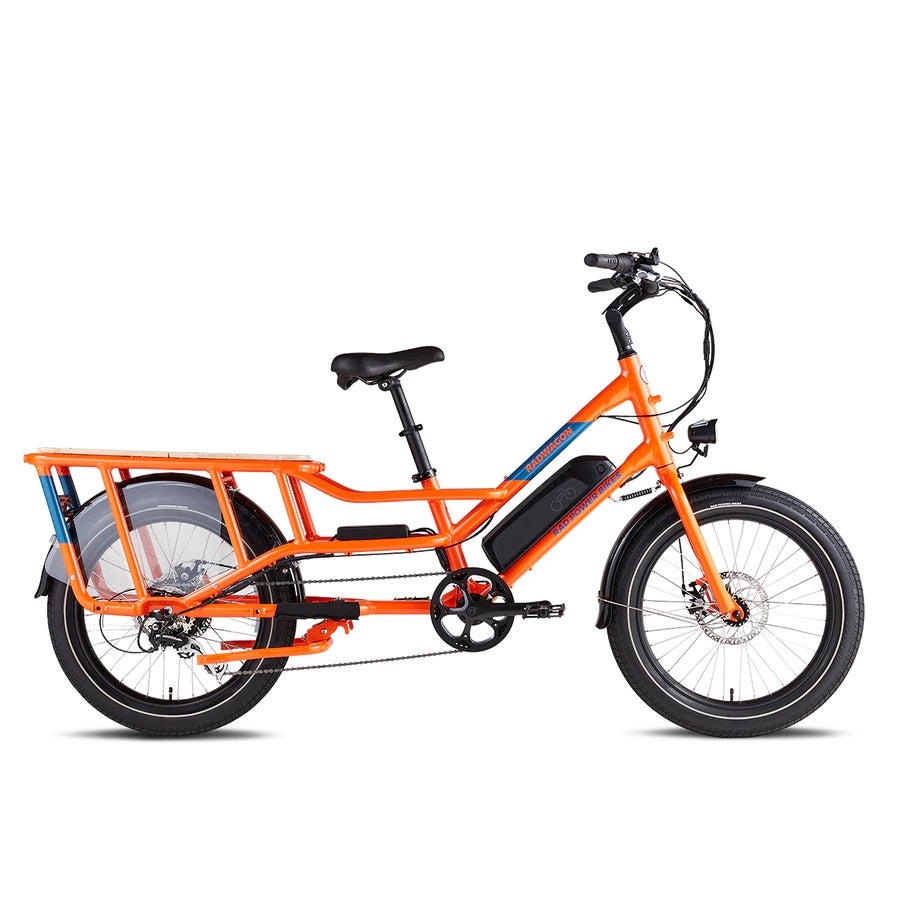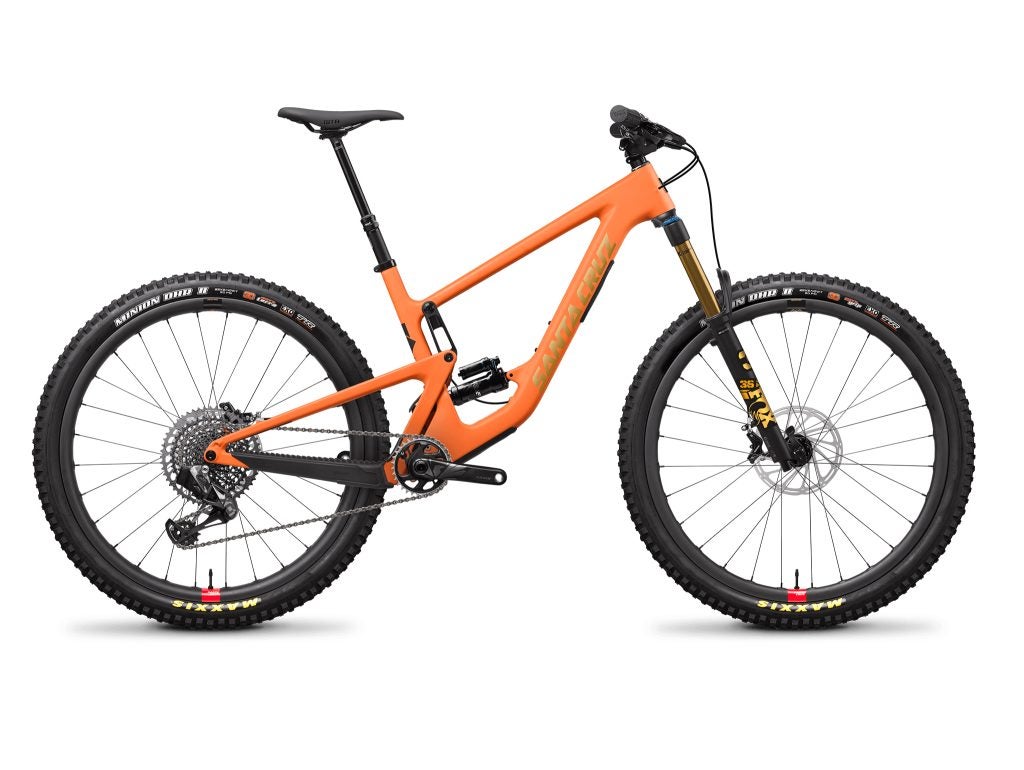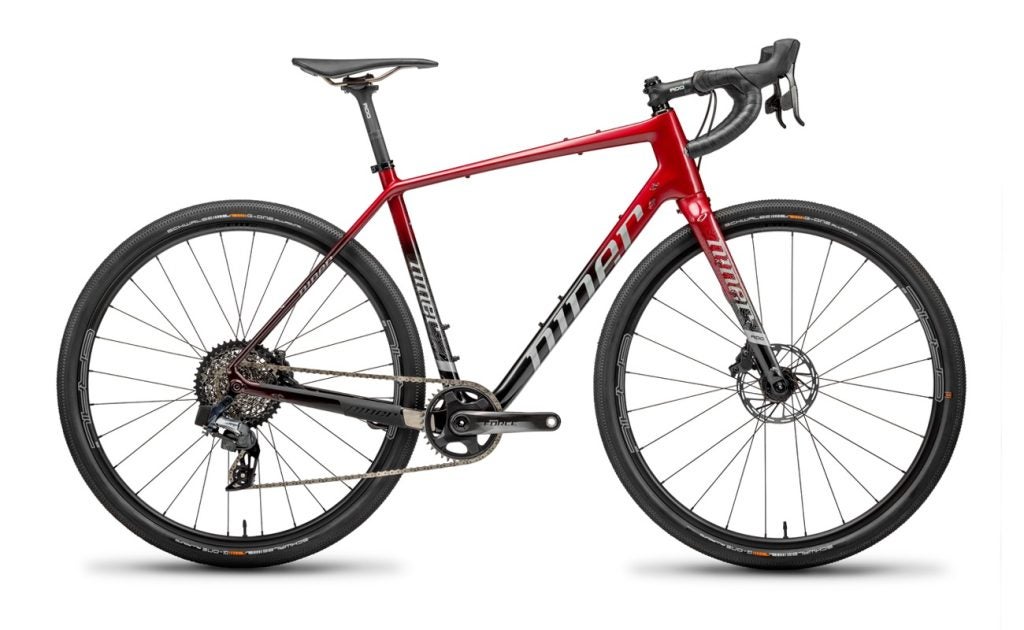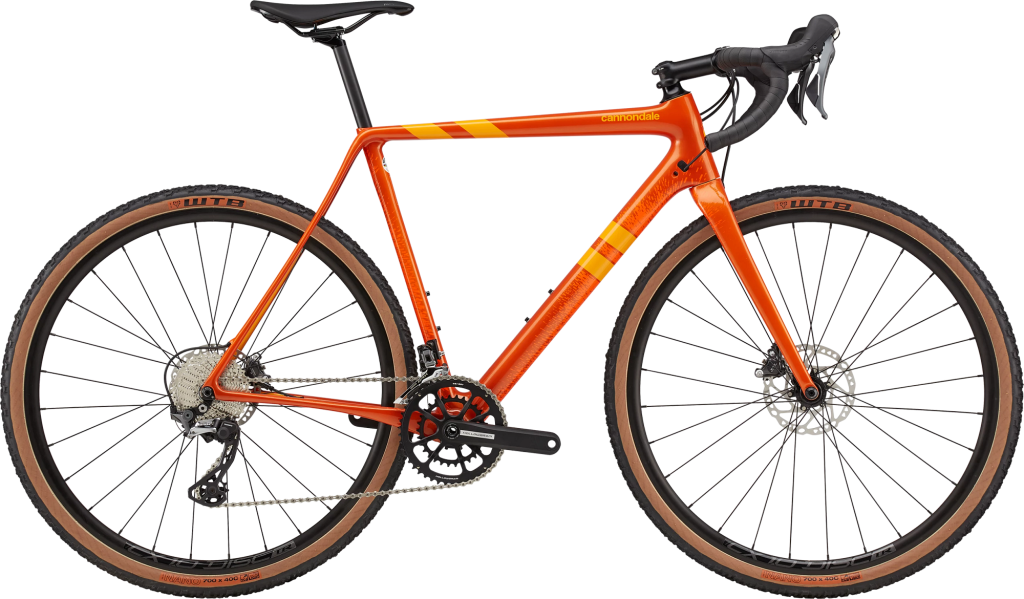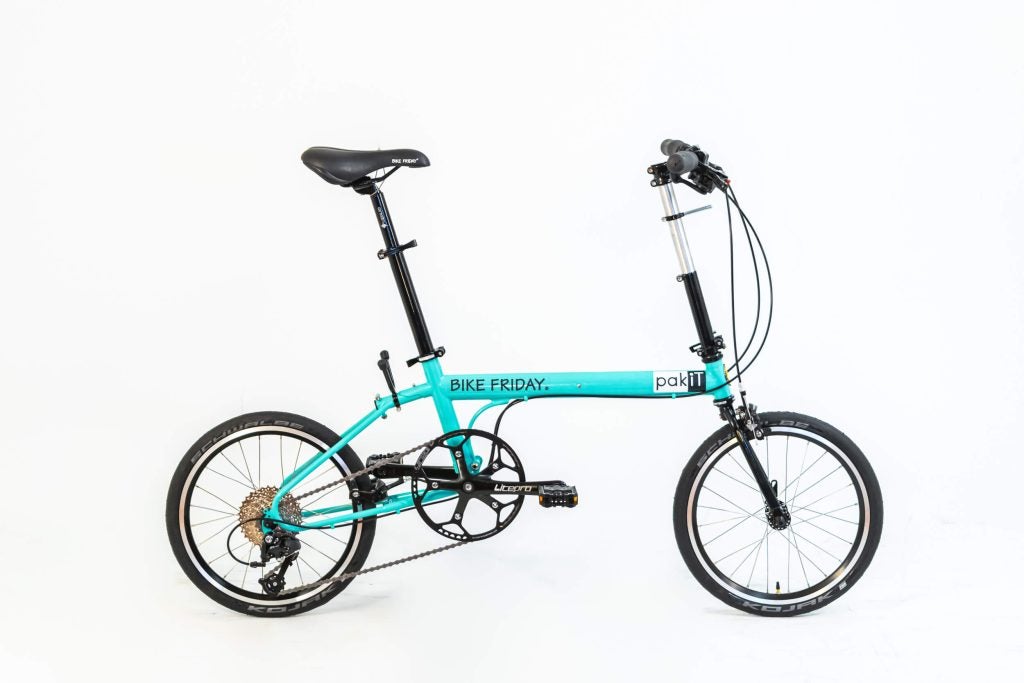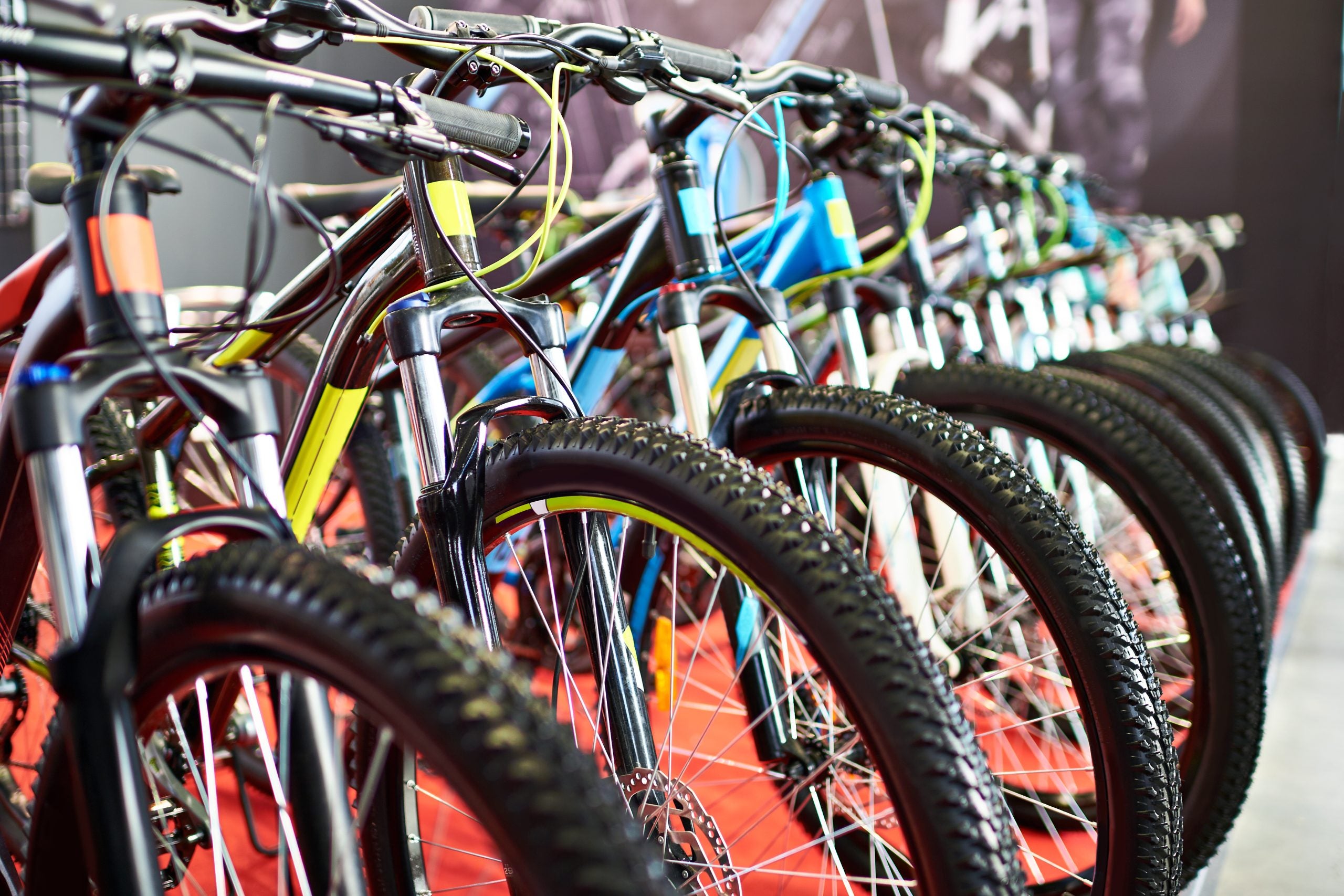
Our Editors independently research, test, and rate what we feel are the best products. We use affiliate links and may receive a small commission on purchases.
Cycling is a great way to improve your health and fitness, reduce your carbon footprint and explore new places. If this is your first foray into cycling since your childhood, there are many different types of bikes to choose from. Don’t feel overwhelmed; we’re here to guide you through the technology and jargon to help you find the best type of bicycle for you.
What Type of Bike Should I Buy?
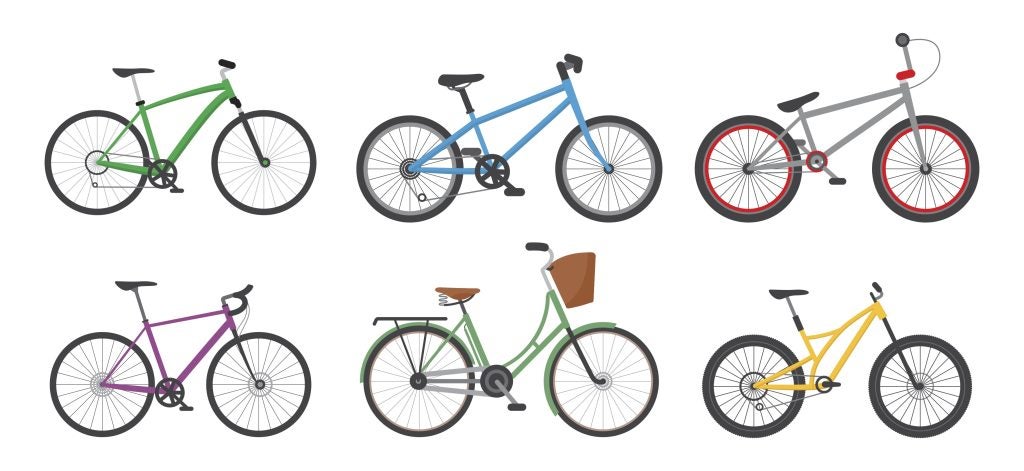
The cycling industry has come a long way since most of us were kids. Today, there are bicycles designed for a wide range of uses. The bike types include cruiser bikes for quick rides around the neighborhood, road bikes designed for competitive racing, mountain bikes for off-road exploration, cargo bikes that can replace a car, and many more.
The first step in choosing the right type of bike for you is to consider why and where you plan to ride. First, take a moment to understand your motivations for riding. Are you planning to ride for general enjoyment, fitness, competition, or are you looking for a more utilitarian purpose such as commuting or running errands?
Next, think about where you will ride. Will you stick to the pavement, or venture onto gravel or singletrack trails?
Last but certainly not least, consider your budget. New bicycles range in price from several hundred to many thousands of dollars. This price range reflects the different uses of the bikes, the different materials they will be constructed from, including steel, aluminum, carbon fiber, or titanium, and the types of components they feature.
Types of Bikes: Table of contents
- Cruiser Bikes
- Hybrid Bikes/City Bikes
- Track Bikes/Fixies
- Cargo Bikes
- Mountain Bikes
- Fat Bikes
- Road Bikes
- Gravel Bikes
- Cyclocross Bikes
- Electric Bikes
- Adventure/Bikepacking Bikes
- BMX Bikes
- Kid’s Bikes
- Folding Bikes
- Recumbent Bikes
- Tandem Bikes
- Adult Tricycles
- Frequently Asked Questions
Cruiser Bikes
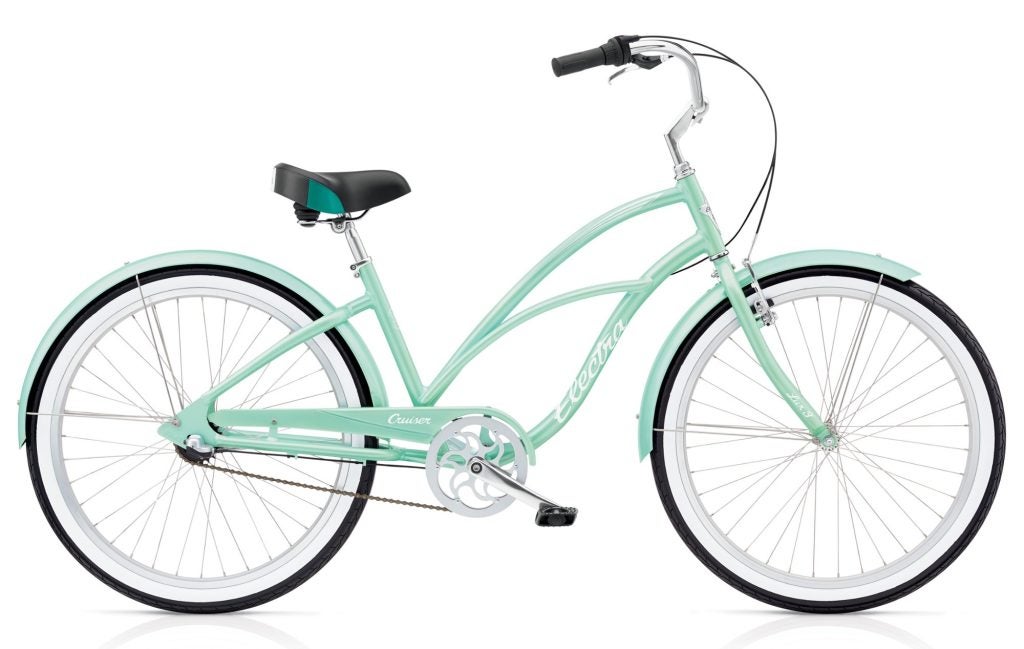
Cruiser bikes, also known as beach cruisers, are great for casual excursions around your neighborhood or town. They feature a comfortable riding position, large saddles, and relaxed handling that is very stable and forgiving for new riders. They are available with single-speed and multi-speed drivetrains. Cruiser bikes with gears feature handbrakes, while many singlespeed cruiser bikes come equipped with coaster brakes integrated into the rear hub and a chain guard to keep the riders pant leg from getting greasy.
Many cruiser bikes, especially those from Electra, also feature so-called “flat-foot” designs that position the pedals forward of the rider, enabling the rider to put both feet comfortably on the ground while remaining seated and still retain proper leg extension when pedaling. This is a great option to consider for new riders and for casual use.
Cruiser bikes aren’t the best choice for longer rides (more than 10 miles), hill terrain, and for cyclists who plan to use their bikes off-road.
Buy a cruiser bike if: You want a comfortable bike for short, casual rides.
Don’t buy a cruiser bike if: You want a bike for longer rides, hilly terrain, or want to go off-road.
Ready to learn more? Check out our guide to the best cruiser bikes.
Hybrid Bikes/City Bikes
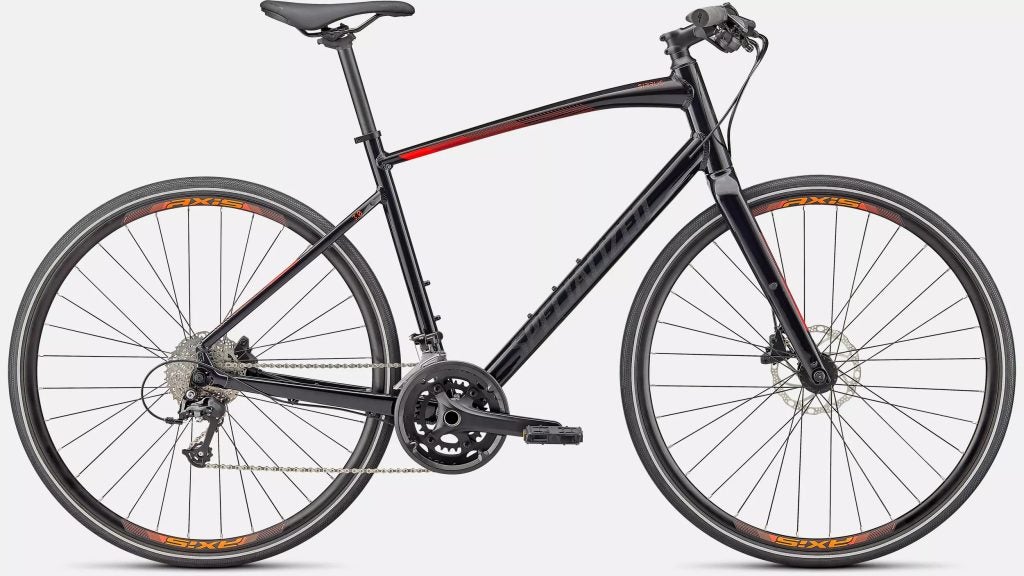
As the name suggests, these bikes are a “hybrid” of road and mountain bikes. They generally feature narrower, faster-rolling tires than mountain bikes, which are similar to road bikes. Unlike road bikes, which have drop handlebars to enable riders to get low on the bike, hybrids have flat handlebars, similar to mountain bikes, for a more upright riding position.
Hybrids and city bikes are great for riders looking to improve their general fitness and for commuting around town. They have a lot of versatility. These bikes are faster on pavement than mountain bikes and can tackle gravel roads, unlike traditional road bikes. Because these bikes are designed with utility in mind, it’s common for riders to upgrade them with fenders or mudguards to prevent road spray on wet roads from getting them dirty on their commute to work. Some come with chain guards to keep the rider’s pant leg out of the drivetrain.
If you want to explore dirt trails or have ambitions of participating in competitive road racing, then a hybrid is not the bike for you.
Buy a hybrid bike if: You want a bike for longer rides (10-20 miles), commuting, errands, and fitness on pavement or mixed terrain.
Don’t buy a hybrid bike if: You want to explore mountain bike trails or want to get into competitive road cycling.
Ready to learn more? Check out our guide to the best hybrid bikes.
Track Bikes/Fixies
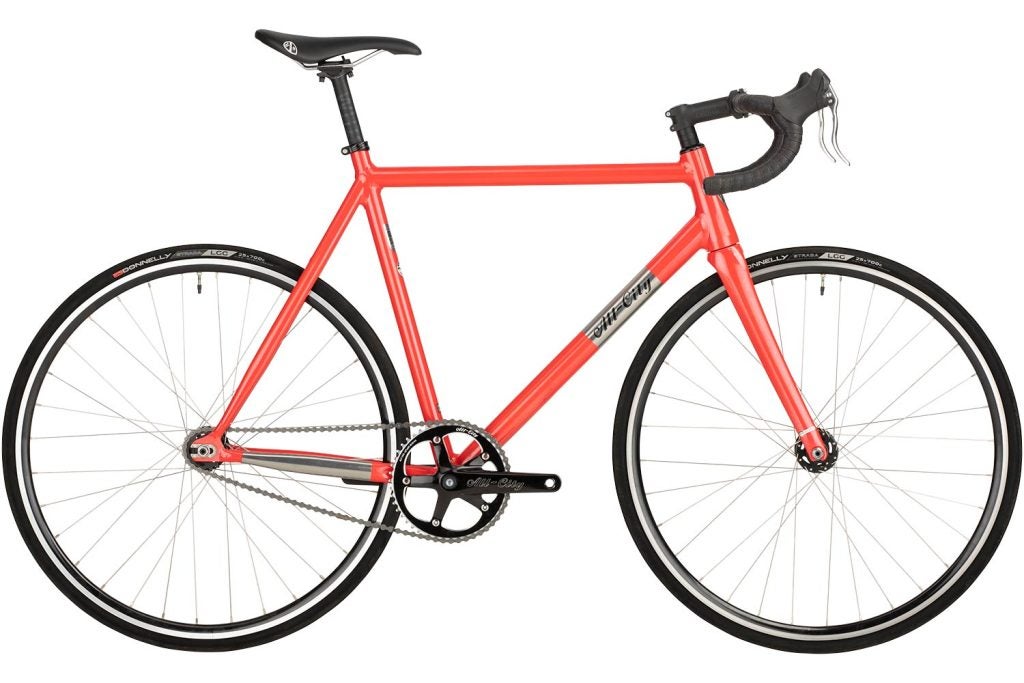
Track bikes and fixies are generally grouped together. These types of bikes feature singlespeed drivetrains and, unlike other types of bicycles, they lack a freewheel. That means these fixed gear bikes don’t allow the rider to coast. You have a direct connection to the drivetrain—if the bike is moving, the wheels are turning and the pedals are spinning.
There’s a big difference between track bikes and general fixed gear bikes. Track bikes are specifically designed for racing on a velodrome. Fixies are designed for use on the street. Part of the appeal of riding a fixed gear is the low maintenance that comes with a very simple drivetrain. The downside is that the inability to coast makes them challenging for beginners and those who live in an area with many hills. Like all singlespeed bikes, the user must switch the size of the chainring and fixed gear cog in order to change the gear ratio to suit their riding speed and the terrain.
Buy a track bike or fixed gear bike if: You want to race on a velodrome or want a simple yet challenging ride experience.
Don’t buy a track bike or fixed gear if: You don’t plan to race on a track or if you want to coast.
Ready to learn more? Check out our guide to the best fixed-gear bikes. If you want the simplicity of a fixed-gear with the ability to coast, check out our guide to the best singlespeeds.
Cargo Bikes
Cargo bikes are the mini-vans of the bike world. These bikes are designed to carry gear in a large front basket, or behind the rider in baskets or bags known as panniers. Like city and hybrid bikes, cargo bikes feature flat bars. Many cargo bikes also double as kid haulers, with seats behind the rider or the ability to carry them in the front basket.
Because cargo bikes are often laden down with heavy loads, they tend to have very stable handling. The majority of cargo bikes produced today are also e-bikes, which definitely helps when hauling a full load of groceries (or children).
Given their intended use, cargo bikes are often very heavy, so riders who want a fast and nimble bike and those who live in apartments and don’t want to store their bikes outside should look elsewhere.
Buy a carbon bike if: You want a bike to run errands, pick up groceries or haul children to and from school.
Don’t buy a cargo bike if: You want a light and nimble bike and don’t need to haul a lot of cargo.
Ready to learn more? Check out our review of the Rad Power Radwagon 4 electric cargo bike.
Mountain Bikes
Mountain biking is an exhilarating sport and a great way to explore trails and gain fitness. There are many different sub-categories of mountain bikes. As a beginner-focused guide, we’ll keep things simple. Mountain bikes are defined by the amount of suspension travel they have.
Most entry-level mountain bikes geared toward beginners have front suspension but no rear suspension. These are called “hardtails” and they’re a great place to start. Mountain bikes with front suspension forks and rear suspension, called “full suspension” models, provide more traction on rough terrain. Full suspension mountain bikes can enable you to tackle steeper and more challenging trails with more confidence and control.
Almost all modern mountain bikes feature disc brakes. These brakes provide more stopping power than the rim brakes found on older models. Disc brakes are key feature to look for when shopping for a mountain bike.
A mountain bike isn’t the best choice if you don’t plan to ride off-road, since the knobby tires roll slow on pavement and you’ll be paying for suspension that you don’t need.
Buy a mountain bike if: You plan to ride on unpaved trails or want one bike that you can use for commuting and singletrack adventures.
Don’t buy a mountain bike if: You don’t plan to ride off-road.
Ready to learn more? To get started, you should read this beginner’s guide to mountain biking to get a better idea about the sport. You will find all sorts of information about different types of mountain bikes and the clothing that will keep you comfortable.
Fat Bikes
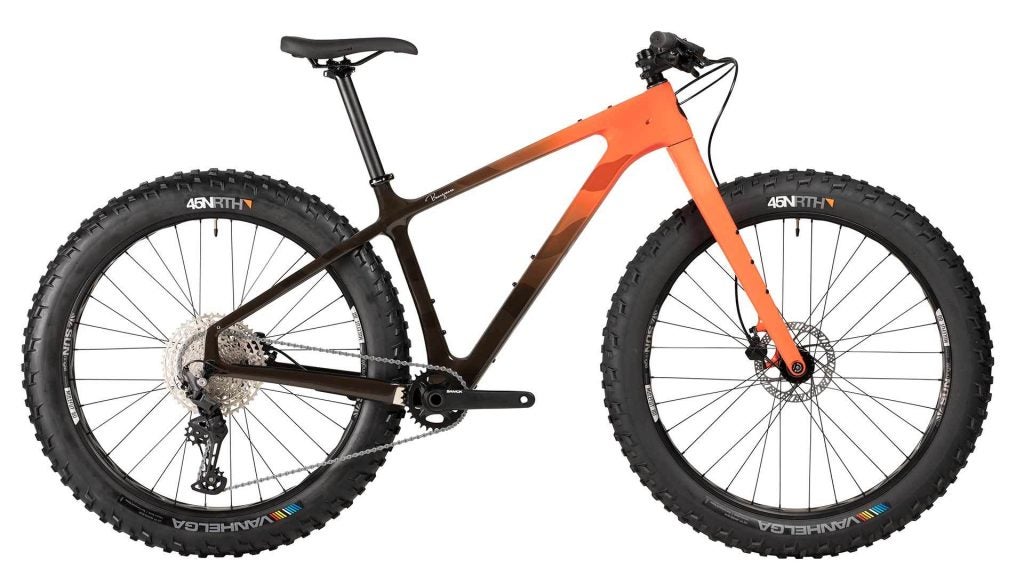
Fat bikes are a sub-genre of mountain bikes that deserve their own category. As the same suggests, these bikes are defined by their fat tires. While traditional mountain bikes tires range in width from two to three inches in width. Fat bikes feature four to five-inch-wide tires. These wide tires allow fat bikes to go where other bikes can’t, including on sand and snow.
Because of their wide tires and heavier rims, fat bikes tend to be slower moving and not the best choice if you’re only sticking to pavement. If you’re looking for a bike to ride through winter, fat bikes are a great choice.
Some mountain bikers enjoy fat bikes even when the trails aren’t covered in snow, since the wide tires provide extra traction.
Buy a fat bike if: You want a bike that provides extra traction over snow and sand.
Don’t buy a fat bike if: You don’t plan to ride in the snow, or only plant to ride on roads and bike paths.
Ready to learn more? Check out our guide to the best fat bikes.
Road Bikes
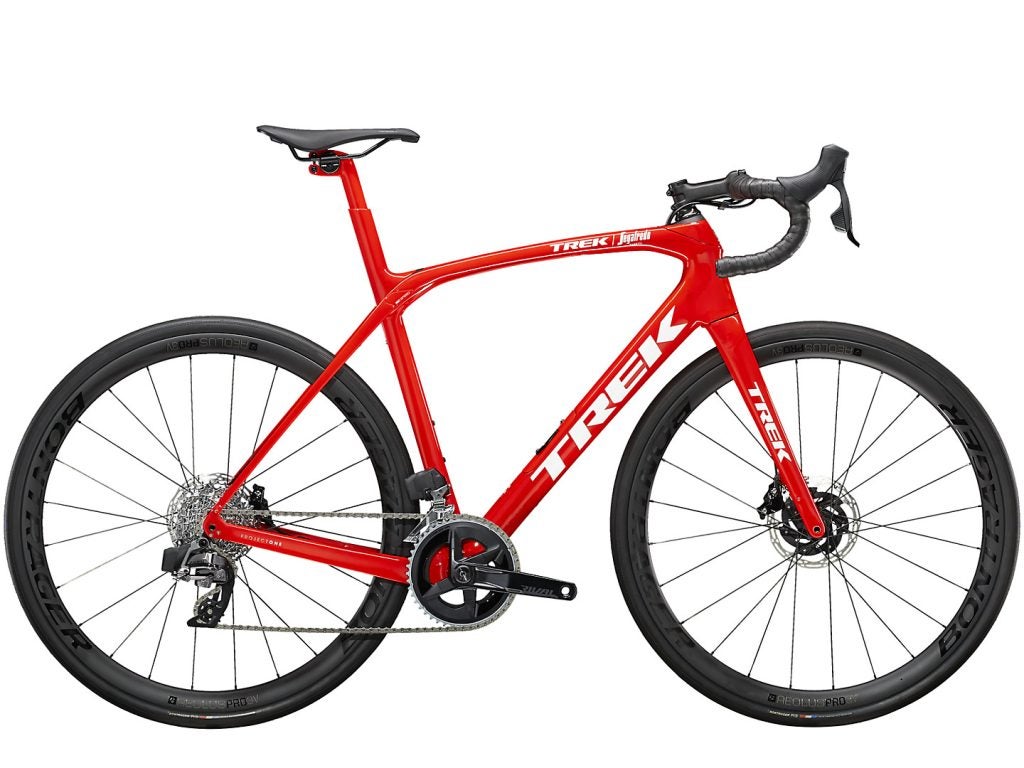
Road cycling has come a long way since the days of the old 10-speeds (which may be gathering dust in the rafters of your parent’s garage). Today’s road bikes feature lightweight frames and many prioritize aerodynamics to make them as fast as possible. Like mountain bikes, there are many sub-genres of road bikes including bikes designed for climbing, time trials, and triathlons.
Defining features of road bikes include drop handlebars, giving the rider multiple hand positions, and the ability to hunch over the handlebars for a more aerodynamic position. The tires are very narrow when compared to mountain bikes and hybrids.
Not all road bikes are targeted toward racers, but they are all designed to be fast and efficient on pavement. Road bikes are great for recreational riders who want to improve their fitness, go on longer 20+ mile rides, and for those who want to get into competitive road racing.
If most of your rides will be shorter and take place on bike paths or if the focus of your riding is commuting or running errands, a road bike isn’t the right choice.
Buy a road bike if: You want a fast and efficient bike for fitness riding or road racing.
Don’t buy a road bike if: You plan to ride on mixed surfaces, or the focus of your riding is commuting.
Ready to learn more? To get started, you should read our beginner’s guide to road biking to get a better idea about the sport. You will find all sorts of information about different types of road bikes and the clothing that will keep you comfortable.
Gravel Bikes
Gravel bikes are a relatively new sub-genre of road bikes. The category is growing quickly and is worth its own mention. Like road bikes, gravel bikes feature drop handlebars that give riders multiple hand positions. Unlike road bikes, which have narrow tires without tread, gravel bikes feature wider tires with some tread. This enables them to traverse rocky, unpaved roads and even to venture onto singletrack. Gravel bikes also feature more relaxed frame geometry than traditional road bikes, so they’re more stable and forgiving for novice riders.
Gravel riding is gaining popularity because the risk of car/bike accidents is generally lower on seldom trafficked gravel roads. The longer wheelbase and larger volume tires also make gravel bikes more comfortable than road bikes.
While a gravel bike can be a great Jack-of-all-trades option for commuting, general fitness riding, paved and unpaved roads, its the right tool for the job if you want a dedicated bike for off-road riding.
Buy a gravel bike if: You want a comfortable bike for mixed surface riding.
Don’t buy a gravel bike if: You want a dedicated bike to ride off-road.
Cyclocross Bikes
Cyclocross bikes, often abbreviated to CX or ‘cross bikes, are a sub-genre of road bikes developed specifically for cyclocross racing. Unlike road racing, which takes place on paved roads, cyclocross courses are generally grass and including obstacles such as stairs, barriers and sand pits. Compared to traditional road bikes, cyclocross bikes have lower gears for riding through mud and grass, more tire clearance to shed mud and debris, and knobby tires that give them traction on unpaved terrain.
Beyond their use as race bikes, cyclocross bikes can also make great commuter bikes and can be used as gravel bikes as well, making them one of the most versatile types of drop bar bikes you can own.
Buy a cyclocross bike if: You plan to race cyclocross or want a versatile dropbar bike for multi-surface riding.
Don’t buy a cyclocross bike if: You want a dedicated bike to ride on pavement.
Electric Bikes
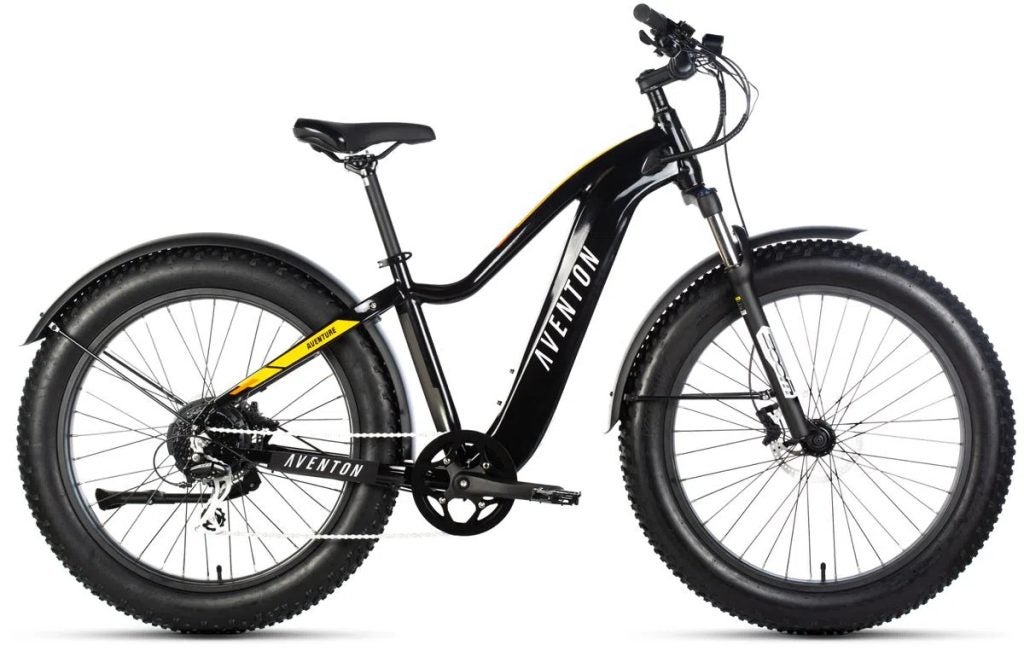
Electric bikes, or E-bikes, are a very broad category of bikes that includes any bicycle that is equipped with an electric motor that provides assistance to the rider. E-bikes are the fastest-growing category of bike and there are electric versions of most different types of bikes in this list, including cruisers, city, cargo, mountain road and gravel bikes.
Because of the addition of a motor and battery, e-bikes are heavier than their non-motorized counterparts. The use of e-mountain bikes is limited on some trail networks, so check with your local land manager before riding them on mountain bike trails
In the United States, electric bikes are categorized by the amount of motorized assistance they provide. (These are general categories and they may vary by state.)
Class 1: E-bikes that are pedal-assist only, with no throttle, and have a maximum assisted speed of 20 mph.
Class 2: E-bikes that also have a maximum speed of 20 mph, but are throttle-assisted.
Class 3: E-bikes that are pedal-assist only, with no throttle, and a maximum assisted speed of 28 mph.
Buy an e-bike if: You want extra assistance from a battery-powered motor.
Don’t buy an e-bike if: You don’t want the extra cost, upkeep and weight associated with an e-bike.
Ready to learn more? Check out our guide to the best electric bikes under $1000.
Adventure/Bikepacking Bikes
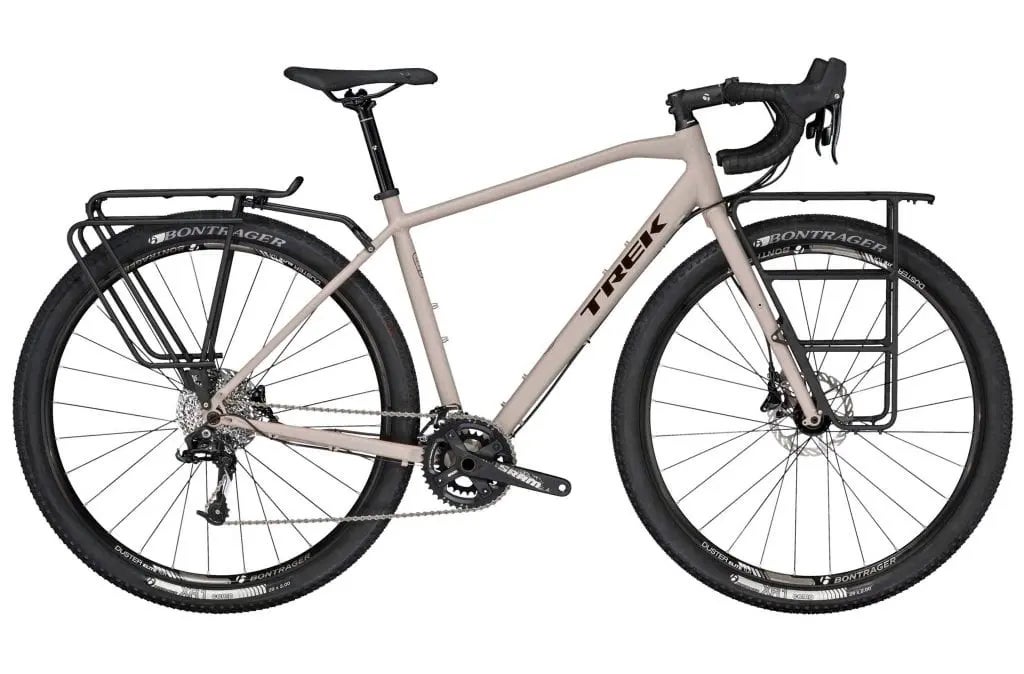
Once known simply as touring bikes, this category of go-anywhere bike is designed to carry cargo for multi-day excursions or even multi-month expeditions. Compared to backpacking, bikepacking allows riders to cover more terrain in a shorter amount of time.
Many different types of bikes are included in this broad category. There are mountain bikes, fat bikes, and road and gravel bikes designed for loaded touring and bikepacking. While they may differ in the type of terrain they are designed to traverse, they all share features such as mounting points for extra water bottles, cargo cages, racks and other amenities riders need when they’re embarking on an overnight adventure.
Buy an adventure/bikepacking bike if: You plan to use it for multi-day trips.
Don’t buy an adventure/bikepacking bike if: You want a bike for quick rides around town or short loops on trails.
BMX Bikes
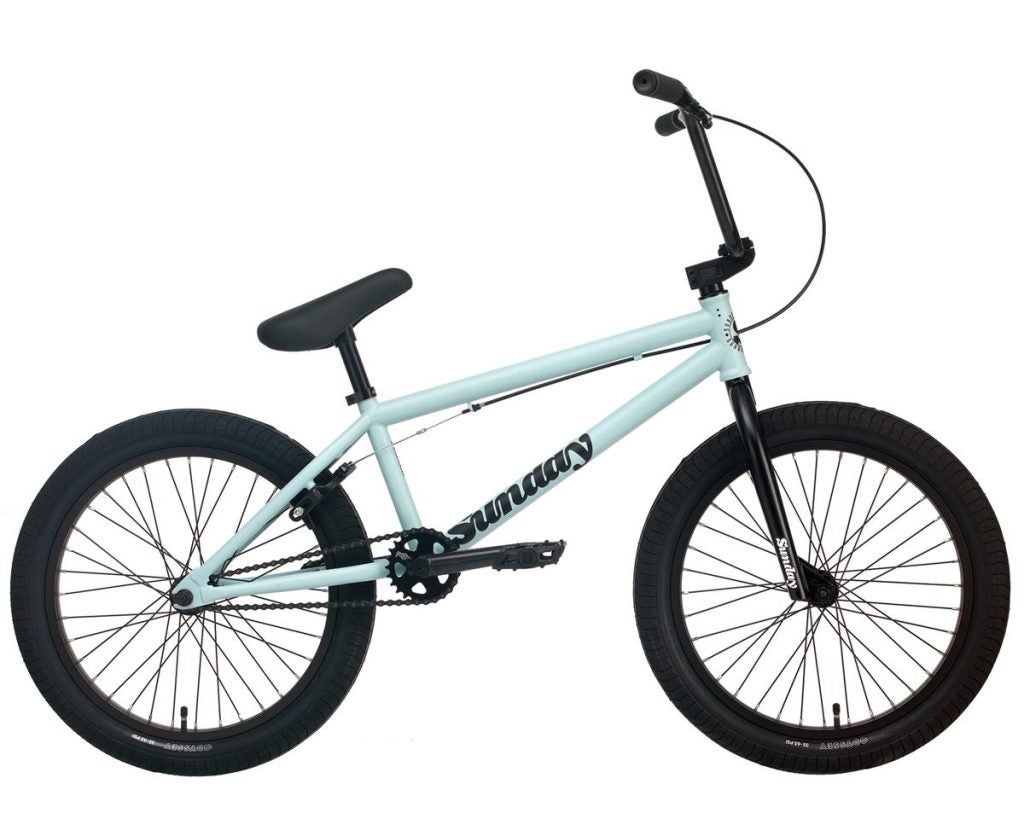
BMX, shortened from “Bicycle Moto-Cross” are often lumped together with children’s bicycles, and while there are BMX bikes designed for younger riders, they are also available for adults. You’ve probably watched BMX competitions on the X-Games and similar action sports events. BMX bikes include subcategories designed for racing, street riding, and dirt jumping. This genre of bicycle has a single gear, as opposed to multiple gears, and generally has 20 or 24” wheels. They’re built to be durable and able to withstand a lot of abuse from riders doing tricks and stunts.
Buy a BMX bike if: You want a durable bike for your child, or want a bike to practice tricks and improve your bike handling skills.
Don’t buy a BMX bike if: You want a bike for general-purpose riding.
Kid’s Bikes
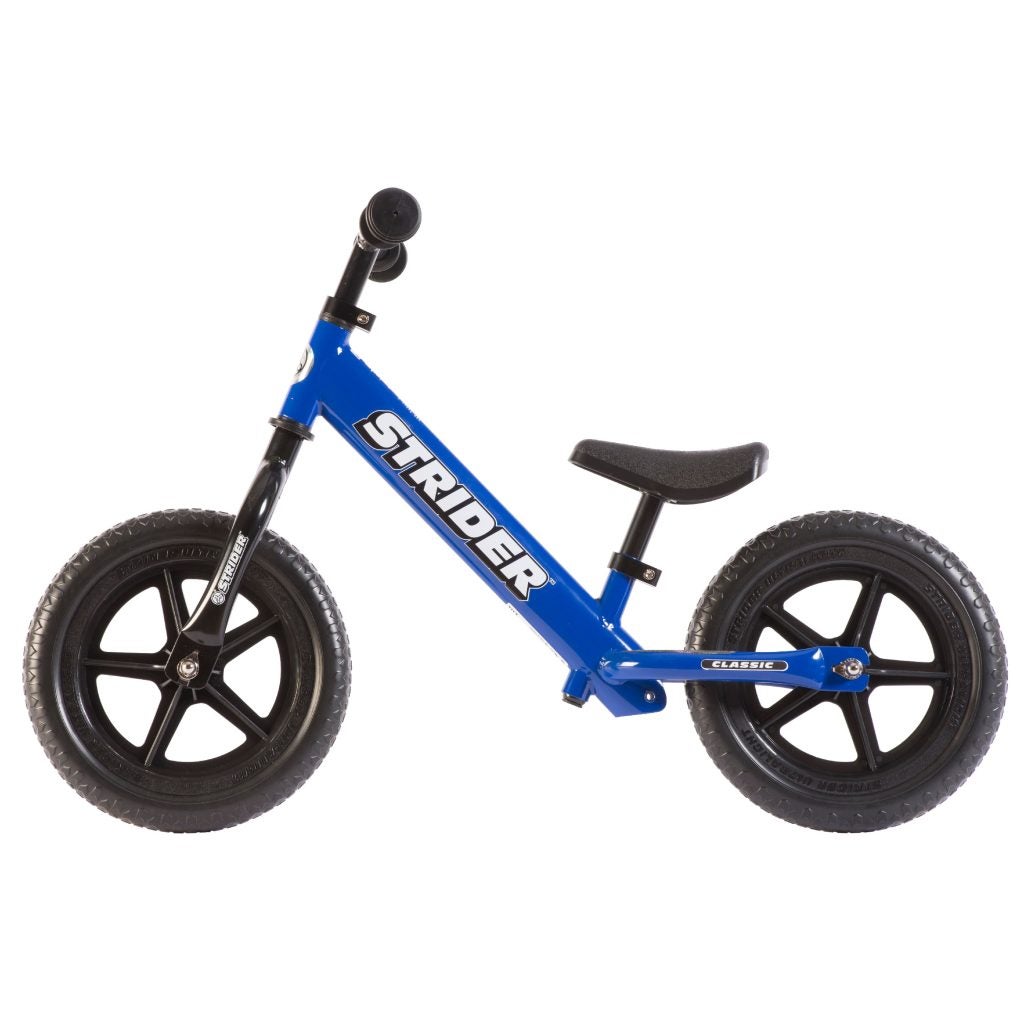
The gateway to a lifetime of cycling begins with a kid’s first bicycle. While most adults got their start on bikes with training wheels, these days, children learn much quicker on balance bikes. Once they’ve mastered the basics, you can tradition to bicycles with pedals.
Most children are able to master the basics of bike riding by the time they’re three years of age. Adult bikes generally feature different frame sizes to fit riders across a wide range of heights. Children’s bikes, in contrast, adjust wheel size to fit growing riders. Most children’s bikes start with 12-inch-wheels and go all the way up to 26-inch wheels.
There are single-speed bikes and geared bikes for kids. We recommend starting with a single-speed when kids are just getting started and switching to a bike with gears when they’re ready to keep up on longer rides with the family.
Buy a children’s bike if: You’re shopping for a toddler or your child that’s ready to ride.
Don’t buy a children’s bike if: You need a bike for an adult.
Ready to learn more? Check out our guide to the best kid’s bikes and our guide to the best balance bikes for kids.
Folding Bikes
A folding bike is a great option if you’re tight on space. As the name suggests, folding bikes are designed to fold down when not in use. This makes them ideal for cyclists with limited storage space. They’re ideal for cyclists who live in small apartments, vans, RV’s, or even boats.
Folding bikes are also a great multi-modal transportation option for commuters in urban areas who may want to ride to a train station and then take their bike with them to complete the trip from the train station to work and back again.
Because of their nature, the folding bike frames are more complex than traditional bicycles and riders need a basic mechanical understanding of how to quickly assemble and disassemble their bikes.
Buy a folding bike if: You live in a small space and don’t have a lot of room for bike storage or need a compact transportation solution.
Don’t buy a folding bike if: Space isn’t limited or you don’t want the additional complexity.
Ready to learn more? Check out our guide to the best folding bikes. If you want a folding e-bike, check out our guide to the best folding electric bikes.
Recumbent Bikes
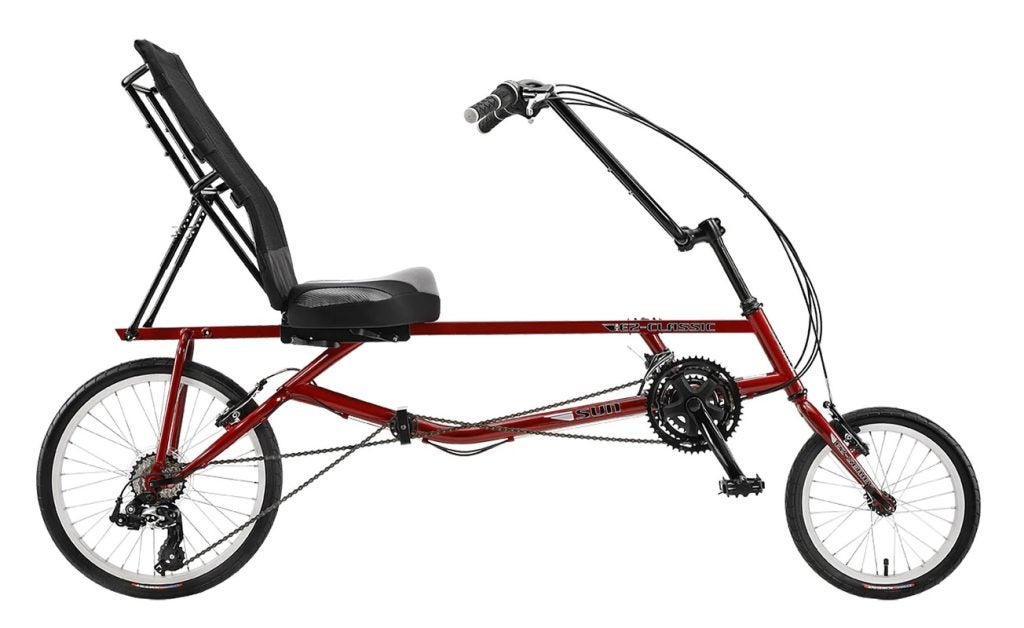
Recumbent bikes are hard to miss on the road and bike paths. They stand out from other bikes by the position of the rider. A recumbent bike places the rider in a reclined position with the cyclist’s legs pedaling forward, rather than down.
There are some benefits to this position, including aerodynamics, a lower center of mass, and a comfortable position for long rides. Some riders with back problems gravitate toward recumbent bicycles. They tend to be heavier than traditional upright bicycles, less maneuverable, and less visible to motorists.
Buy a recumbent if: You want a relaxed riding position or if you have a history of back problems.
Don’t buy a recumbent if: You want a light and nimble bicycle.
Tandem Bikes
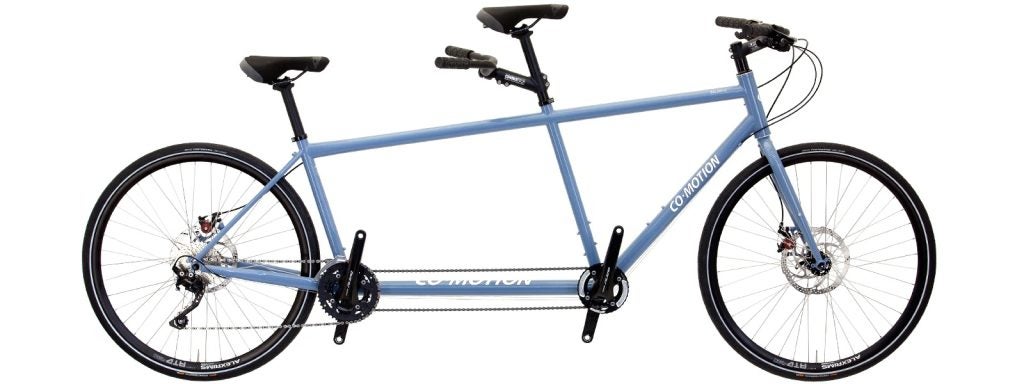
A tandem bicycle is a bicycle built for two riders. (There are actually bikes designed to carry even more than two riders, but the concept is the same.) The person in front steers as well as pedals, while the person in the back (called the stoker) pedals. Tandems are a great option for cyclists of mixed ability levels who want to ride together. They’re heavier and more expensive than traditional bicycles due to the added complexity.
There’s also a saying about tandems that always seems to ring true: “No matter where your relationship is headed, it will get there quicker on a tandem.”
Buy a tandem if: You want to ride with a child or partner at the same pace.
Don’t buy a tandem if: You prefer to ride solo.
Ready to learn more? Check out our guide to the best tandem bicycles.
Adult Tricycles
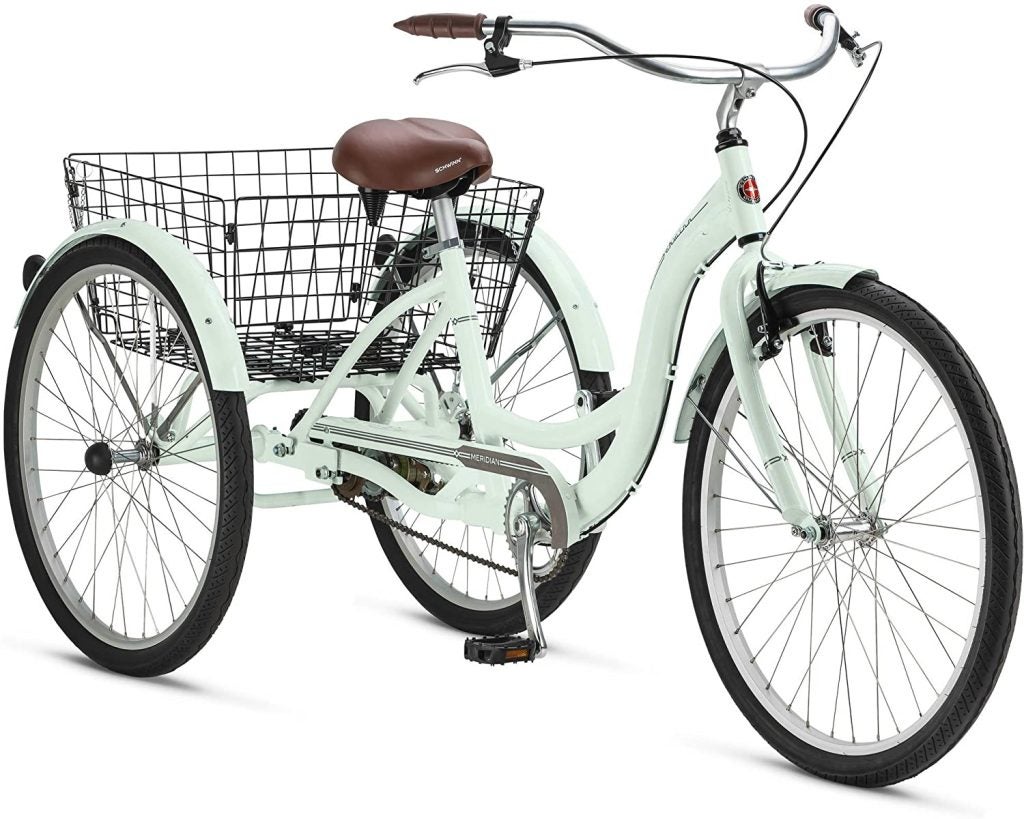
Generally, when we think of trikes, we think of the three-wheeled bikes for toddlers, but tricycles, are a great option for adults with balance issues or as an adaptive cycling solution for cyclists who are partially paralyzed. Adult trikes come in many versions, some with one wheel in front and two in the back, as well as “tadpole” versions with two front wheels and one rear wheel. Because they have an extra wheel, tricycles tend to be heavier and less maneuverable than their two-wheeled counterparts.
Buy an adult tricycle if: You’re shopping for a stable cycling solution.
Don’t buy an adult tricycle if: You want the lightweight and maneuverability of a traditional bicycle.
Ready to learn more? Check out our guide to the best adult tricycles.
Bike Buying FAQ
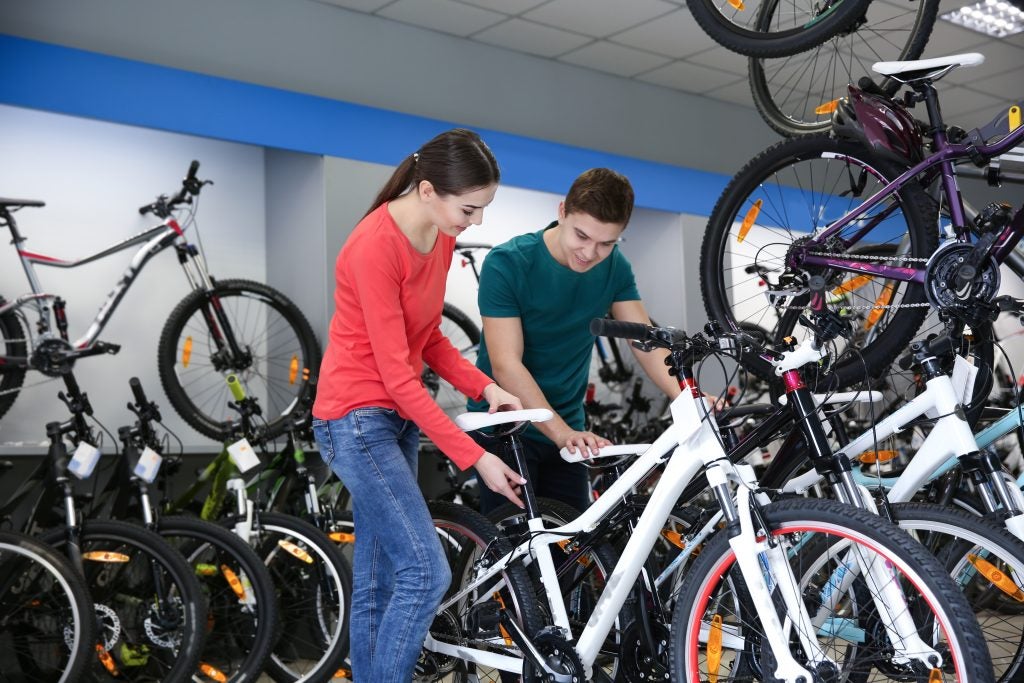
Do you still have questions about which bike is the right type of bike for you? Keep scrolling for answers to some of the most frequently asked questions about the various types of bikes and which one is the best fit for your needs.
How do I pick the right bike?
The first step in choosing the right type of bike for you is to consider why and where you plan to ride. First, take a moment to understand your motivations for riding. Are you planning to ride for general enjoyment, fitness, competition, or are you looking for a more utilitarian purpose such as commuting or running errands?
Next, think about where you will ride. Will you stick to the pavement, or venture onto gravel or singletrack trails?
Last but certainly not least, consider your budget. New bicycles range in price from several hundred to many thousands of dollars.
What size bike do I need for my height?
Bike sizing is critical to having fun and feeling comfortable while riding. There’s no set rule for height and bike size. This is because other variables, such as leg length, torso length, arm length, and flexibility are all variables that will influence sizing.
With that in mind, we developed this chart as a rough guide that will help you get started. Keep in mind this is just starting point when shopping for a bike.
What type of bike is easiest to ride?
As with many things in cycling, the answer is “it depends.” Generally speaking, however, a bike that fits properly—that isn’t too large or too small—will handle best. Among the many different categories of bikes, cruiser bikes, city bikes and mountain bikes, are the most stable and easiest for novice riders to steer and maneuver.
Should I buy a beginner bike?
If you’re thinking about getting into cycling, you may be tempted to buy an inexpensive bike to gauge your interest. There’s nothing wrong with saving money, so long as you’re not sacrificing quality. There’s a difference between affordable and cheap.
An affordable bike will save you money, which will help you invest in key accessories, such as a bike helmet, lights and a bike lock. A cheap bike, or one that’s purchased from a department sporting goods store and poorly assembled, will require frequent maintenance, which may make you less likely to ride. We recommend you start your bike buying journey with a reputable bike shop.
Do women need women’s bikes?
Despite marketing claims to the contrary, there is no scientific evidence that female cyclists perform better on women’s specific bicycles. Some bike companies sell bikes targeted toward female riders. These brands, such as LIV and Juliana, strive to make cycling more accessible and welcoming to women, but their bikes aren’t necessarily the “best” bike for every female rider.
As a female cyclist, don’t feel like you’re pigeon-holed into only selecting from bikes marketed to you—women can comfortably ride unisex bikes from any brand.
What is the best brand of bike to get?
There’s no best brand of bike you should consider when shopping for a new bicycle. Factors such as intended use, fit and price all play a role in choosing the right bike for you.
Well-known brands such as Trek, Giant and Specialized have a wide range of bikes to choose from and extensive dealer networks that make it easy to find an authorized bike shop near you.
Smaller brands often focus on a specific type of bike and are really good within their category. Your best bike is to try several different bikes from several different brands and decide which you like best.
What is a good inexpensive bike?
You don’t have to spend a fortune to get a quality bike. That said, the price will vary depending on the type of bike you want to get. Cruiser and city bikes designed for recreational riding are more affordable than performance-oriented road, gravel and mountain bikes.
Which type of bicycle is best for long rides?
The best bicycle to ride long distances on will be determined by where you plan to ride.
If you want to go for long rides on pavement, consider buying an endurance road bike. If you plan to grind out miles on gravel roads, a gravel bike, is the right tool for the job. Finally, if you want to log miles on singletrack trails, a cross-country mountain bike is your best choice.
How much money should I spend on a bike?
Every category of bike has a different starting price. In general, you get what you pay for when it comes of bikes. Plan to spend at least $500 for a quality cruiser or city bike and around $1,000 for an entry-level road, gravel or mountain bike.
Whatever your budget is, set aside $200 for accessories to help you get started. You’ll need to invest in a helmet, a basic set of tools, a bike pump and possibly lights and a lock.
Are expensive bikes worth it?
In general, you get what you pay for when it comes to buying a bike. That said, there is a point of diminishing returns. Will a $10,000 road or mountain bike perform better than a $5,000 model. Yes, it will be lighter and feature components engineered to higher tolerances, but does this make it “better” for the average rider?
That all depends on your cycling goals. If you’re just looking to have fun, save that extra money and put it toward an amazing cycling vacation. If you’re planning to race, you might find it’s worth investing more money into your bicycle to be competitive.

